Canon EOS 550D / Rebel T2i
-
-
Written by Gordon Laing
Canon EOS 550D / Rebel T2i vs Nikon D90 High ISO Noise (JPEGs using default settings)
Canon EOS 550D / Rebel T2i results continued…
Real-life resolution JPEG / RAW / High ISO Noise JPEG / RAW
|
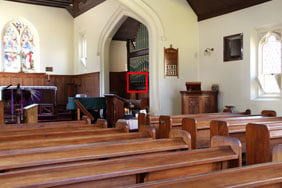 | To compare noise levels under real-life conditions we shot this scene with the Canon EOS 550D / T2i and Nikon D90 within a few moments of each other using their best-quality JPEG settings and at each of their ISO settings. Each camera was fitted with its respective kit lens: the EOS 550D / T2i with the EF-S 18-135mm IS and the D90 with the DX 18-105mm VR. Both lenses were set to f8 in Aperture Priority and adjusted to deliver the same field of view. |
Nikon’s D90 may be an older model, but in the absence of an updated version at the time of writing, it still represents one of the biggest rivals for the Canon EOS 550D / Rebel T2i. At the time of testing, both cameras shared a similar body price, and were also available in kits with longer than average zoom lenses – and it’s these lenses which we’ve used in the comparisons below. Note the results for the D90 also provide an indication of what you can expect from the cheaper D5000 and pricier D300s, as all three bodies share the same sensor and imaging pipeline.
High ISO Noise reduction was set to the default Standard and Normal settings of the EOS 550D / T2i and D90 respectively, although we disabled each camera’s contrast-enhancing options as these can artificially introduce noise. As such, the Auto Lighting Optimizer on all the Canon EOS 550D / T2i and Active D-Lighting on the Nikon D90 were both disabled in this test.
The image above was taken with the Canon EOS 550D / T2i at 100 ISO with an exposure of 2.5 seconds and with the lens set to 26mm f8; the original Large Fine JPEG measured 5.34MB. We matched the exposure on the D90, although this required -0.7 EV compensation over the metered value. This doesn’t mean one camera was more sensitive than the other, simply that each metered the scene differently; once again, the actual exposures used for each ISO setting below were identical. The crops below are taken from the area marked with a red square and presented here at 100%.
The most obvious difference between the Canon EOS 550D / T2i and Nikon D90 crops below is of course their size: with 50% more pixels in total, the EOS 550D / T2i’s crops are showing a noticeably smaller area. The second difference is each camera’s respective in-camera JPEG processing, with the Canon going for a punchier result, applying greater contrast and sharpening by default. Despite the higher pixel count and punchier processing though, the actual difference in resolved detail may not be as great as you’d expect.
At 100 ISO, both cameras are delivering very smooth and detailed results as you’d hope. The additional sharpening and contrast on the Canon has resulted in some minor edge artefacts, although equally the D90 looks a little soft in comparison. But these can both be easily adjusted in-camera if you prefer softer or punchier results.
At 200 ISO, pixel-peepers may notice a tiny amount of noise textures creeping-into both samples, but this is serious nit-picking and most would consider them very clean. At 400 ISO, these textures have become a little more apparent, but again are little to worry about at this point. It is however interesting to note both cameras are exhibiting similar degrees of artefacts and detail up to this point – it’s almost as if the D90 is delivering shrunken versions of the EOS 550D / T2i images.
At 800 ISO, the noise textures have increased on both cameras, although the EOS 550D / T2i is arguably a tad cleaner. Not decisively-so, but a small difference is beginning to emerge at this point.
With the sensitivity doubled to 1600 ISO, fine details and edges are beginning to soften on both samples, while noise textures continue to become more obvious. Again we’d say the Canon enjoys an edge, but it’s a pretty small one.
At 3200 ISO, there’s a further smearing of fine detail and increase of artefacts on both samples, although the D90 has also begun to lose a little saturation. This is probably as far as you’d want to use either camera for decent results.
The Nikon tops-out at 6400 ISO, where it’s become quite noisy and suffered from a clear drop in saturation. The Canon also suffers from significant noise at this point, and both cameras have virtually lost the flower engravings on the organ pipes. But in its favour the EOS 550D / T2i has at least maintained colour saturation (or at least compensated for it).
The EOS 550D / T2i completes this sequence at its maximum sensitivity of 12800 ISO, where there’s a significant reduction in detail and increase in noise levels. Both this and 6400 ISO should only be used in emergency situations, or for small prints and on-screen reductions.
If you’re a regular reader of Camera Labs, you may have a sense of déjà-vu at this point. Do not be alarmed! The results you see here are very similar to those comparing the Canon EOS 7D against the Nikon D300s. This shouldn’t be surprising, as while the processing and continuous shooting speed are significantly different between these semi-pro DSLRs and the mid-range models tested here, their actual sensor resolutions and image processing pipelines are essentially the same.
This is a great result for both mid-range bodies, especially the EOS 550D / T2i, which effectively delivers the same image quality as a body costing twice the price. Obviously the semi-pro bodies enjoy additional benefits like superior build, faster shooting and better viewfinders, but if sheer image quality is your priority, the EOS 550D / T2i will match the 7D at a considerably lower price-point.
As to which delivers better image quality – the 550D / T2i or the D90 – it’s a closer call then you might have originally assumed. The Canon is certainly delivering bigger images with more pixels, but the actual recorded real-life detail is fairly close on both models. In its favour, the higher pixel count on the Canon means any artefacts viewed here at 100% will appear smaller when images from both cameras are printed the same size. The Canon also managed to retain colour saturation at its highest sensitivities.
As such we’d give the Canon the edge here, although again it’s not as big as you might have been hoping for. But the really important thing is the D90 (along with the D5000 and D300s) delivered some of the best-looking images we’ve seen from cameras of their class, so by slightly beating them without compromising on noise levels, the EOS 550D / T2i (along with the 7D) have done a great job. These are now the bodies to beat for image quality in their class.
This page compares noise levels on in-camera JPEGs. Now let’s see how their RAW files compare in our Canon EOS 550D / Rebel T2i High ISO RAW Noise results.
Canon EOS 550D / Rebel T2i : JPEG with Canon EF-S 18-135mm IS |
Nikon D90: JPEG with Nikkor DX 18-105mm VR | |
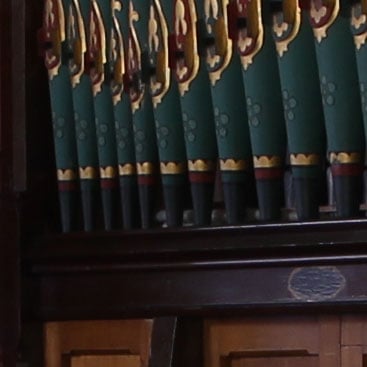 | 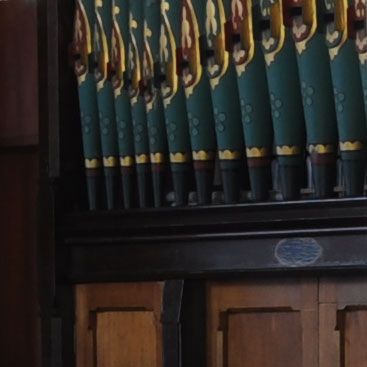 | |
100 ISO |
L1.0 (100 ISO) | |
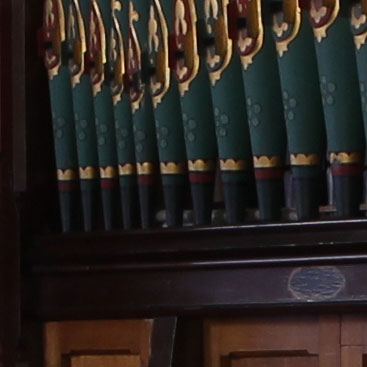 | 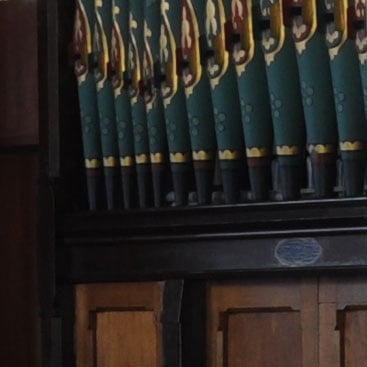 | |
200 ISO |
200 ISO | |
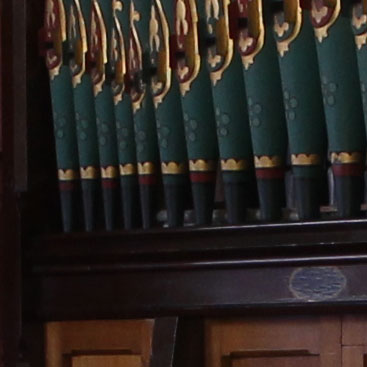 | 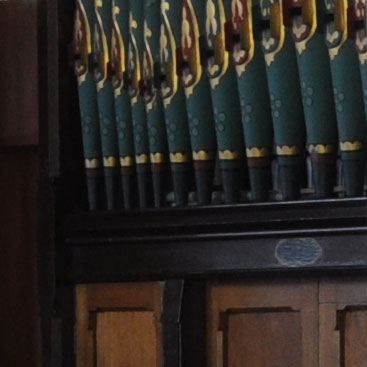 | |
400 ISO |
400 ISO | |
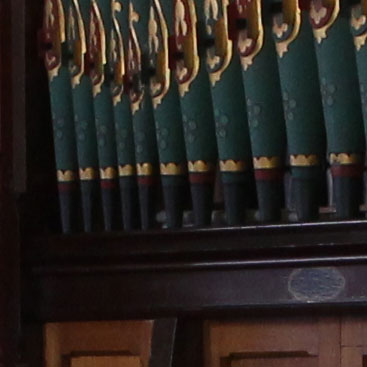 | 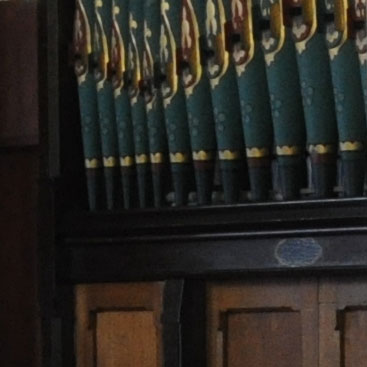 | |
800 ISO |
800 ISO | |
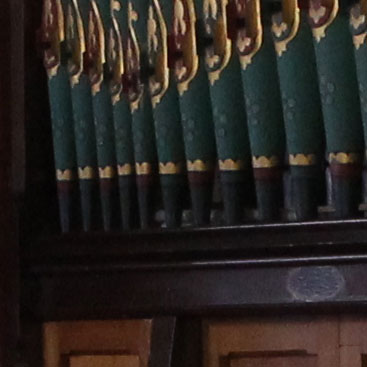 | 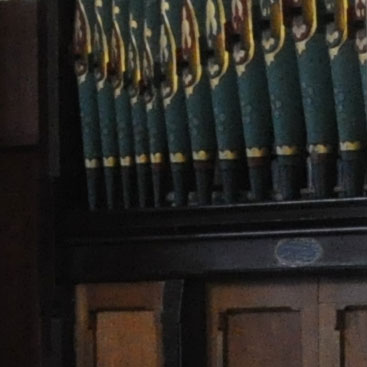 | |
1600 ISO |
1600 ISO | |
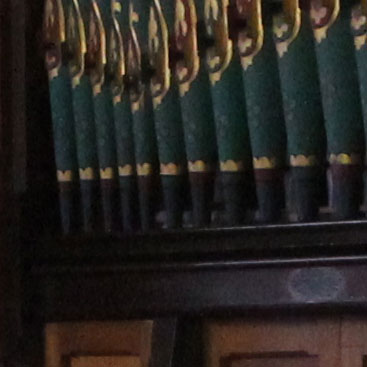 | 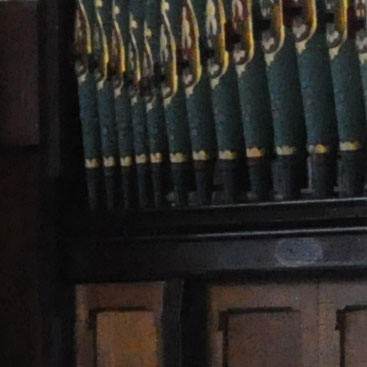 | |
3200 ISO |
3200 ISO | |
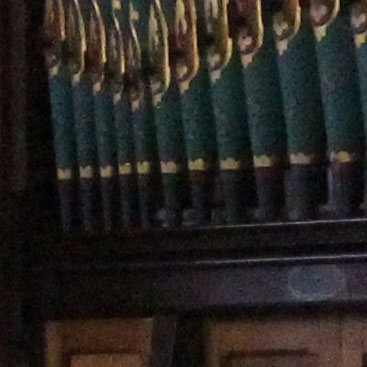 | 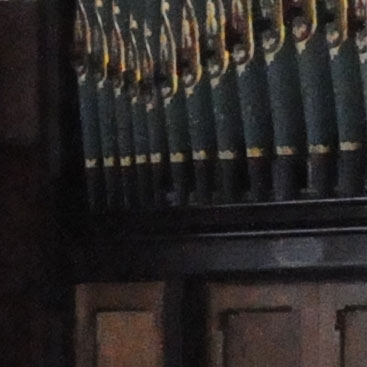 | |
6400 ISO |
H1.0 (6400 ISO) | |
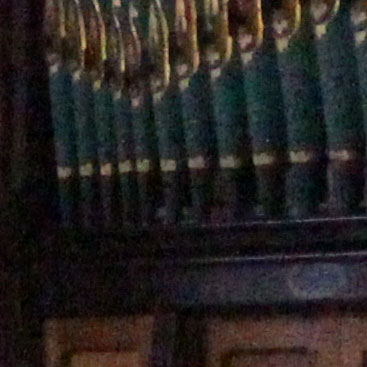 |  | |
H (12800 ISO) |
12800 ISO not available |






